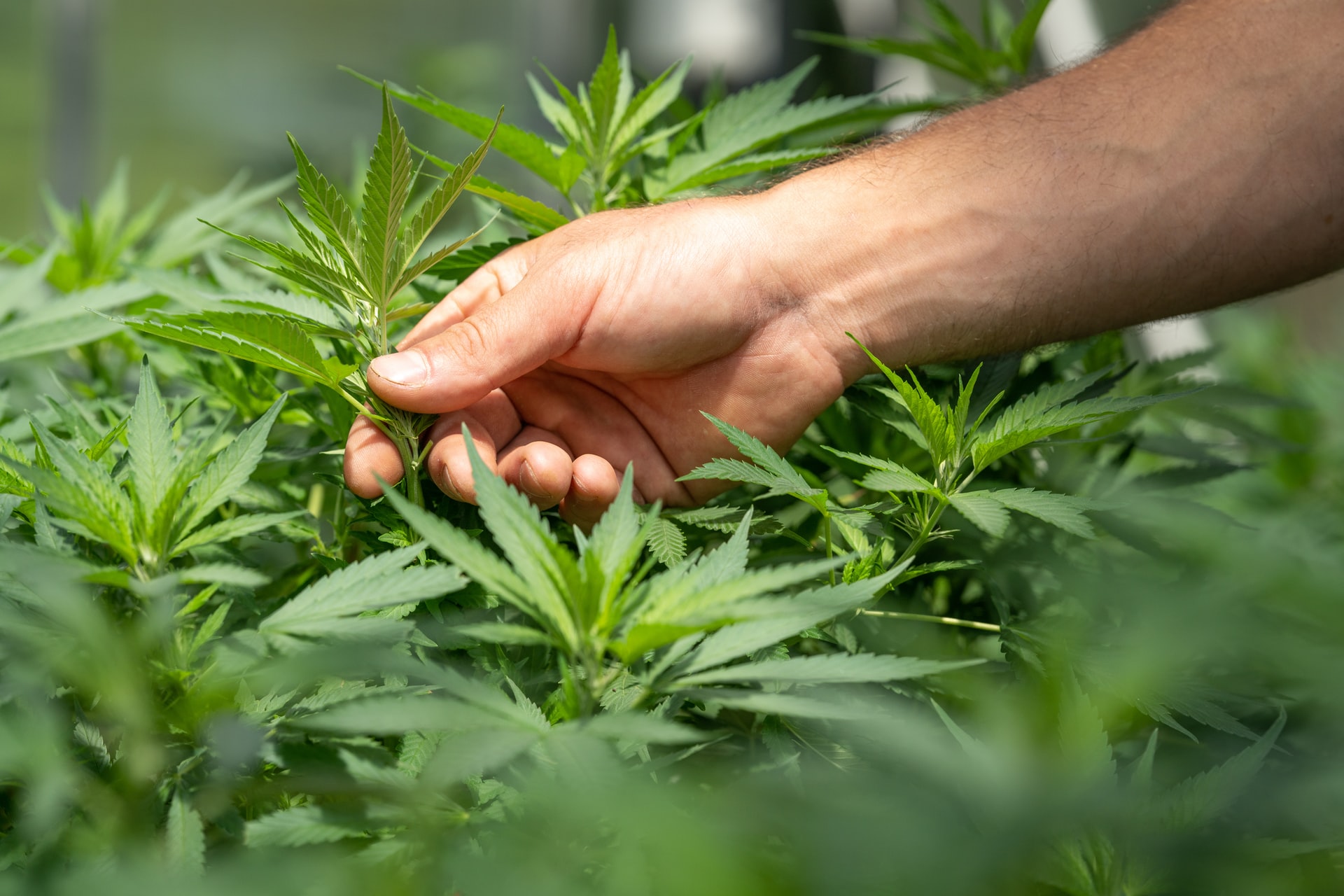Federal Scientists Advocate for Reclassifying Cannabis to Schedule III
LOS ANGELES-In a significant shift in federal policy, scientists from the Health and Human Services (HHS) have recommended reclassifying cannabis from a Schedule I to a Schedule III substance, as revealed in recently unredacted documents. This recommendation follows a detailed 250-page scientific review submitted to the Drug Enforcement Administration (DEA) in August 2023, which argued that cannabis does not possess the same risk or potential for abuse as other Schedule I drugs like heroin.
The full extent of this recommendation came to light following a successful lawsuit by Texas lawyer Matthew Zorn, demanding the complete disclosure of the document. The New York Times confirmed the document’s authenticity, with an HHS official verifying its contents. The DEA, traditionally aligned with the HHS’s guidance, now faces pressure to adopt these findings despite historical resistance rooted in the long-standing “war on drugs.”
The unredacted document outlines eight critical factors for consideration in rescheduling cannabis. These include its potential for abuse, scientific evidence of its effects, the current state of scientific knowledge, history and pattern of abuse, scope and significance of abuse, public health risk, dependency liability, and its status as a precursor to other controlled substances.
Significantly, the HHS letter highlights that the Food and Drug Administration (FDA) recommends moving cannabis to Schedule III of the Controlled Substances Act (CSA). Schedule III substances are characterized by a lower potential for abuse than Schedule I and II drugs, an accepted medical use in treatment in the United States, and a moderate to low physical dependence or high psychological dependence risk. The National Institute on Drug Abuse (NIDA) concurs with this recommendation, recognizing credible scientific support for the medical use of cannabis in certain indications.
The letter emphasizes that the majority of cannabis users do not pose a danger to themselves or others, ranking alcohol, heroin, and cocaine as more harmful. It contrasts the higher prevalence of alcohol abuse among high school students compared to cannabis and notes the lower public health risks associated with cannabis relative to other drugs of abuse.
Regarding the diversion of cannabis, the document observes that state-legal cannabis sources have seen more diversion than federal research programs. The research acknowledges the rewarding effects of cannabis but points out that its risks are comparatively low, especially in terms of overdose deaths.
The document’s conclusion underscores the complexity of cannabis, noting its myriad chemovars with varying concentrations of THC, cannabinoids, and other compounds. It calls attention to the lack of standardization due to differing state regulations and the complete absence of oversight in the illicit market.
This recommendation marks a pivotal moment in the ongoing discourse on cannabis policy, suggesting a shift towards recognizing its medical utility and lower risk profile. The DEA’s response to these findings, amidst evolving congressional attitudes and medical advancements, remains a focal point in the national conversation on cannabis regulation.



































